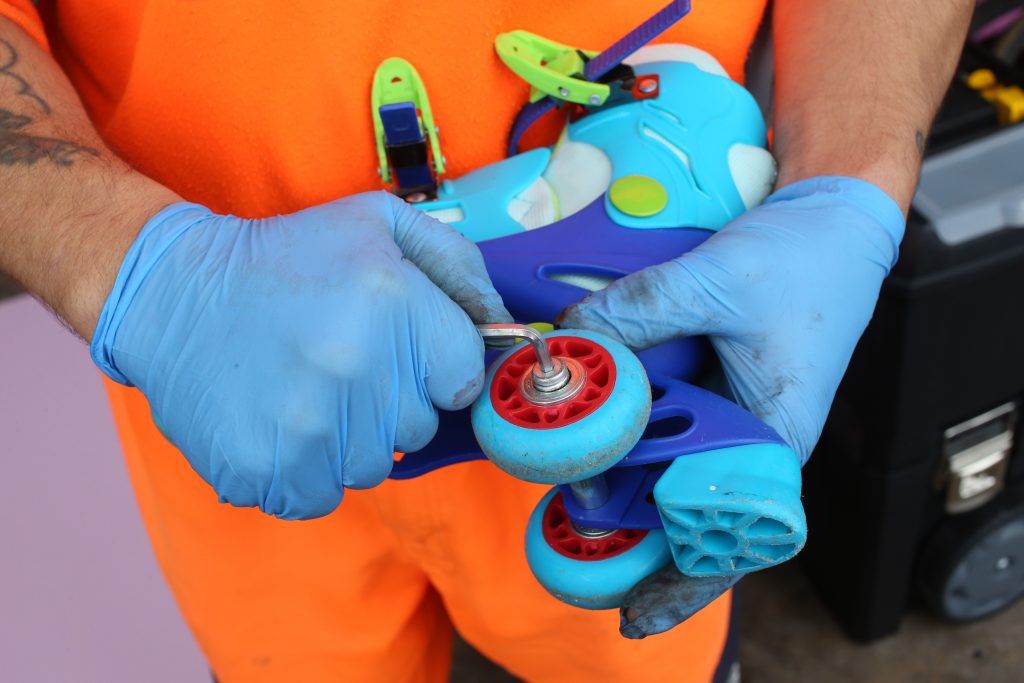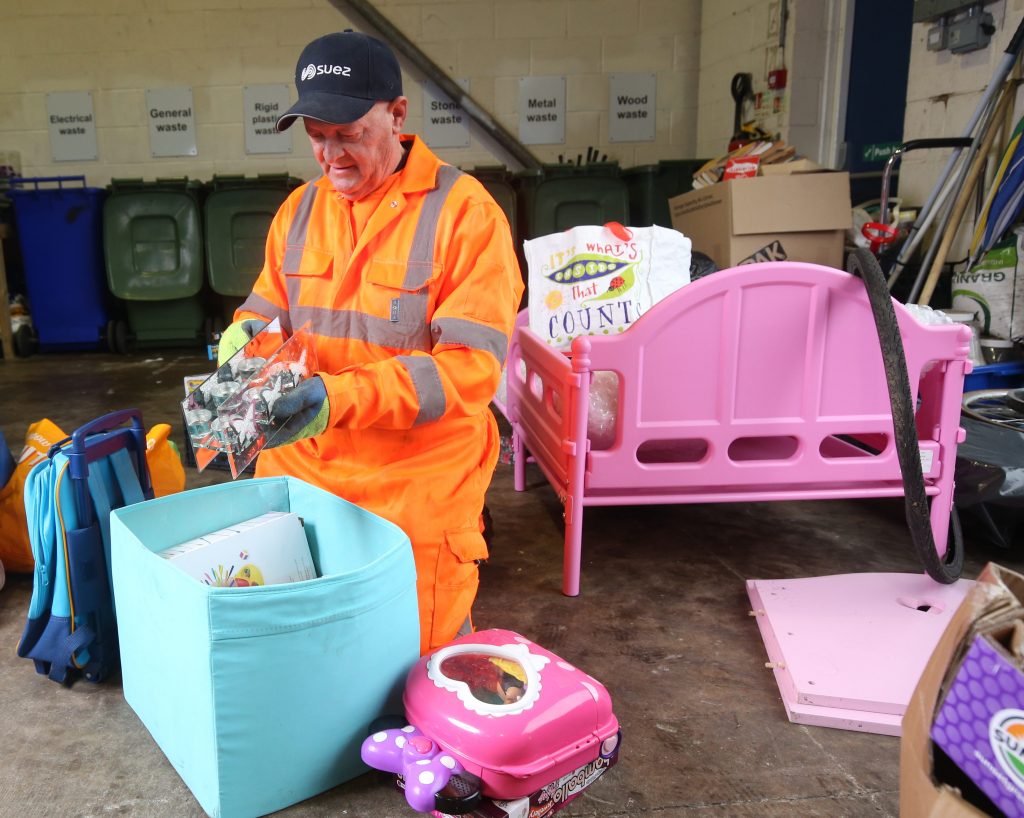Christmas cheer or environmental nightmare?
14th December 2017
At this time of the year I unleash my inner-Scrooge and often find myself thinking of the over-consumption, gratuitous spending and general wastefulness that accompany the festive season. But, bear with me for a few minutes, as I think there are some important decisions to be made at this time of year.
Children as drivers of consumption
The advertising for children’s toys continues to grow exponentially, and as a father of a five year old I experience pester power first hand – “Daddy can I have one of these please?” and so on. If you are a parent yourself, you know what I mean!
We have fully embraced LEGO and its core ability to be reused, recycled and repurposed from one generation to the next. To make it more creative, we skip the instructions and dive in to my old box of LEGO dating back to the 1970s and grab some simple blocks: a part of an old castle or police station I seem to recall. LEGO and other building blocks are a perfect Christmas gift because they are designed for assembly, disassembly, reuse and ultimately recycling – plastic blocks living on forever in the households of yesterday, today and tomorrow.
 Children today are more engaged with TV and video games than any previous generations, and as such their expectations concerning presents at Christmas differ significantly from my generation or the one before. Kids today want the latest stuff, the newest technology, and by default target the products that often have the most limited ‘useful’ life and haven’t been designed for durability or long term use. So in this case we need the manufacturers to take their responsibility seriously, designing for repair or disassembly, and enabling old products to be repurposed in due course.
Children today are more engaged with TV and video games than any previous generations, and as such their expectations concerning presents at Christmas differ significantly from my generation or the one before. Kids today want the latest stuff, the newest technology, and by default target the products that often have the most limited ‘useful’ life and haven’t been designed for durability or long term use. So in this case we need the manufacturers to take their responsibility seriously, designing for repair or disassembly, and enabling old products to be repurposed in due course.
Extended Producer Responsibility (EPR)
But what about other gifts? Are we making choices based on criteria of such as recycling, upcycling or repurposing once the fad dies away, or is it simply about what we want?
I hope that the last 30 years of consumer education around recycling is now having an impact on our choices at the supermarket or when shopping on-line, but I fear we will still be inundated with Christmas cards, wrapping paper, cardboard boxes and unnecessary plastic packaging on the 25 December. So what about the role of extended producer responsibility in addressing our wastefulness at this time of year?
I am firmly of the opinion that this is a logical next step in what already happens to some extent in local community halls, school fetes and what I remember as jumble sales from my youth. There is always a toy stall at the local household waste recycling centre (HWRC) or reuse shops these days. Only last weekend at my local primary school’s Christmas fair, cuddly toy donations were the feature of a children’s raffle with many children going home with a “preloved” toy or two. Each toy was priced at 50p, and all money from the raffle went towards the school funds and other local community initiatives. So we are making it work at a local level, but is every school in the nation doing the same, if not then perhaps some form of extended producer responsibility (EPR) is what is needed to ensure Christmas is not the most wasteful holiday of the year!

Should toy manufacturers have to go the next step and ensure their products are not only consumer safe but also recyclable or at least returnable at the end of their useful life, so they can be repurposed or remanufactured or at least recovered?
Absolutely, and this is a similar debate to many of the packaging stories from earlier this year. We need to find the balance between product protection during storage and transport, its attractiveness to consumers at the point of purchase, and its safety both environmental and physical to people, particularly children.
Producers should in a true ‘polluter pays’ scenario pay for their pollution, even when it is intrinsic to the protection of the product. One example of a step forward would be redesigning of the ties used around toys to fix them to the cardboard backing. Perhaps producers should look into making them from paper so they can be recycled or from biodegradable plastic for composting.
On the whole, children’s toys are overly packaged and use too much rigid plastic for display purposes. We should work with the toy manufacturers, designers and marketers to develop products that are easier to disassemble and are packaged in materials that are easy to segregate. Producers should consider minimising use of the rigid plastics that have no recycling outlet and limit the plastic ties or replace them with something paper based.
And, with increasing attention from UK Government on deposit return schemes and extended producer responsibility (EPR), perhaps it won’t be long before this EPR-based approach to reuse, repair and recycling is a feature of major toys stores like Toys R Us and Hamleys?
Definitely something to think about or perhaps all the Christmas lights and tinsel have gone to my head!
As with all my ‘comments’ they are mine and mine alone. If you would like to get in touch or share your opinions then please email me at adam.read@suez.com
Tweet- Christmas
- circular economy
- environment
- Extended Producer Responsibility
- no more waste
- recycle
- reduce
- reuse
- Sustainable living
- waste management
- zero waste
